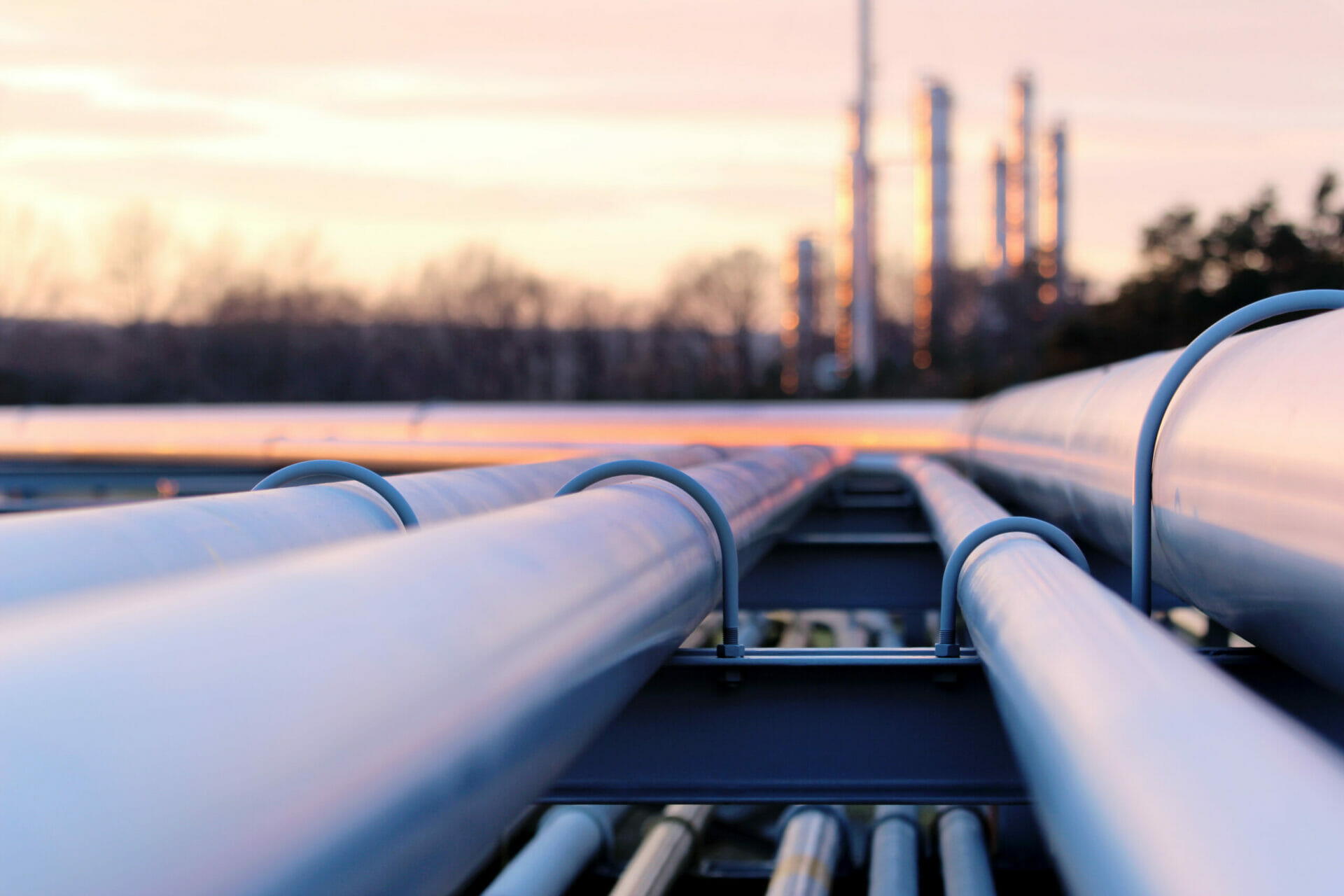
Holiday Bonus Episode: Safety Tips You Need This Season | Risk Matrix Episode 122
THE RISK MATRIX Cutting-edge podcast on occupational safety and risk management. Hosted by industry titans: JAMES JUNKIN, MS, CSP, MSP,…
Published in the American Oil and Gas Reporter

SPRING, TX.–Safety and compliance will continue to be top of mind for U.S. oil and gas producers in 2021 as scrutiny from government regulators and environmental protection organizations intensifies. The industry faces new rules and ongoing challenges, including the need to protect workers and their communities during a pandemic, the rollout of the first installment of the new “Mega Rule” pipeline safety regulations, and a significant increase in overall regulatory oversight due to the ability to readily conduct virtual audits.
The Pipeline and Hazardous Materials Safety Administration (PHMSA) enacted the Mega Rule to increase the level of safety associated with more than 300,000 miles of U.S. onshore gas transmission lines. Acknowledging that the COVID-19 crisis has strained resources and personnel, the PHMSA granted a stay of enforcement to some Mega Rule provisions that took effect last July. That grace period ended Jan. 1, signaling federal regulators to resume routine enforcement and sanctions.
It is critical for pipeline operators to understand the new rules and the importance of protecting workers, worksites and businesses, including the third-party contractors they rely on. Human well-being is at stake, and penalties and fines for falling short of federal regulations can be staggering. According to PHMSA, in 2020 alone, $2.68 million in penalties were levied–some $218,000 per violation tied to Title 190 Pipeline Safety. Those are financial hits that organizations already under financial strain cannot afford to take.
An important way to mitigate these safety risks throughout supply chains is through consistent compliance with internal and external requirements that will increase in number under the Mega Rule. Administrative duties are one of the most difficult and time-intensive aspects of supply chain risk management, leading oil and gas operators to seek advanced technologies and expert advice to stay on top of their responsibilities and avoid becoming overwhelmed or falling out of compliance.
The right supply chain risk management partner and advanced technology can help operators connect with prequalified contractors and ensure ongoing safety readiness and compliance by identifying gaps and providing access to training, safety audits, and other professional services. A strong risk management program will reduce administrative headaches while giving team members and third parties the expertise and systematic support they need to ensure ongoing safety.
Risk Management System
For easy access, the risk management system should encompass an organization’s safety policies and procedures in a Web-based format. With the convenience of online access, this central repository can serve as a “safety playbook” for employees and contractors, whether on a jobsite or while inspecting remote pipelines.
Some systems also provide access to contractors’ health and safety qualifications and gauge their compliance with the operator qualification rule provisions. Other advantages of a risk management platform include:
Mobile technologies allow check-in and check-out functions, verification of completed safety tasks (e.g., sanitization of vehicle interiors and work areas), credential checks related to sensitive job activities, and other features generating real-time actionable data on key performance indicators.
A risk management system eases administrative burdens through task automation, such as tracking insurance coverage and renewal dates and notification functions. Systems can send automatic alerts to individuals and supervisors to schedule a refresher course, for example, or to obtain recertification for an essential job function. The platform can also help leaders communicate expectations, such as procedural changes or other safety information, to appropriate recipients throughout the supply chain via email, instant message, or other method chosen by the individual.
Cost reductions are achieved through the enhanced visibility into individual training histories, certifications and work experience. For instance, operators can avoid the expense and downtime of requiring workers to undergo redundant training. The same transparency enables supervisors to confirm whether an employee is trained to drive a vehicle or perform sensitive materials verification.
Diagnostic functions can identify safety gaps or discrepancies needing to be addressed within business units throughout the supply chain. Optional platform features can enable the organization to verify a contractor’s or vendor’s insurance coverage quickly. Integrating health and safety criteria into vendor prequalification lets vendors know that safety is a priority.
With respect to OQ verification, risk management platforms determine, immediately, whether a workforce is qualified prior to starting a project at both the company and individual worker levels. The technology creates a one-stop shop to bring all ready-to-work requirements together, such as training, company-specific policy and procedure review, and drug and alcohol compliance, while maintaining required historical regulatory records.
As the risk management system accumulates vendor safety data, operators can monitor consistent performance. This data analysis encourages collaboration between safety advisers and those in charge of vendor selection. The platform provider may also provide training, expert advice, analytics, or other services, such as auditing vendors’ safety programs and policies.
Many oil and gas operators use the research and tracking capabilities of their risk management infrastructure to inform recruitment, hiring and contracting decisions. Some solutions can quickly call up vendor safety data ranging from insurance certifications to incident histories, potentially alerting management to poor safety records.
Finally, some providers augment the safety solutions they provide with add-on services such as auditing vendors’ safety policies and programs. They may also offer access to expert advisors and training as part of their safety and compliance programs.
The unrolling Mega Rule is a reminder that oil and gas operators play a critical role in preserving health and safety in the communities surrounding their plants and pipelines. It is incumbent on the leaders of those organizations to exercise every advantage to maintain occupational health and safety. Readily available tools offer cost-effective means to centralize safety data and integrate compliance into daily operations, leading to smoother operations, fewer disruptions, and improved transparency into adherence with established risk mitigation standards.

Sign Up for the Latest Updates


THE RISK MATRIX Cutting-edge podcast on occupational safety and risk management. Hosted by industry titans: JAMES JUNKIN, MS, CSP, MSP,…

THE RISK MATRIX Cutting-edge podcast on occupational safety and risk management. Hosted by industry titans: JAMES JUNKIN, MS, CSP, MSP,…
We’ll send you practical and insightful supply chain risk management info that can benefit your business. Plus, important company updates that keep you in the loop.
